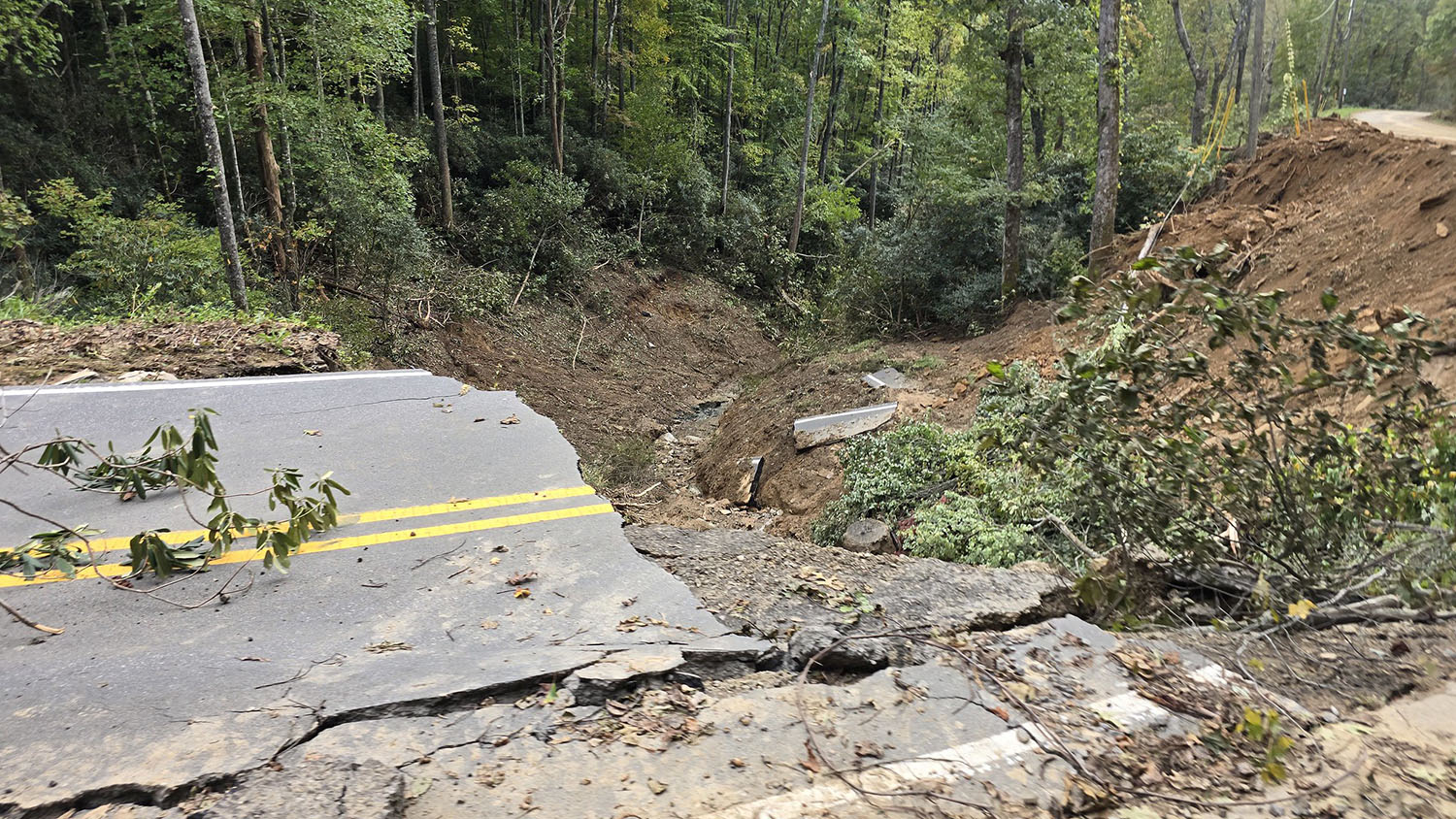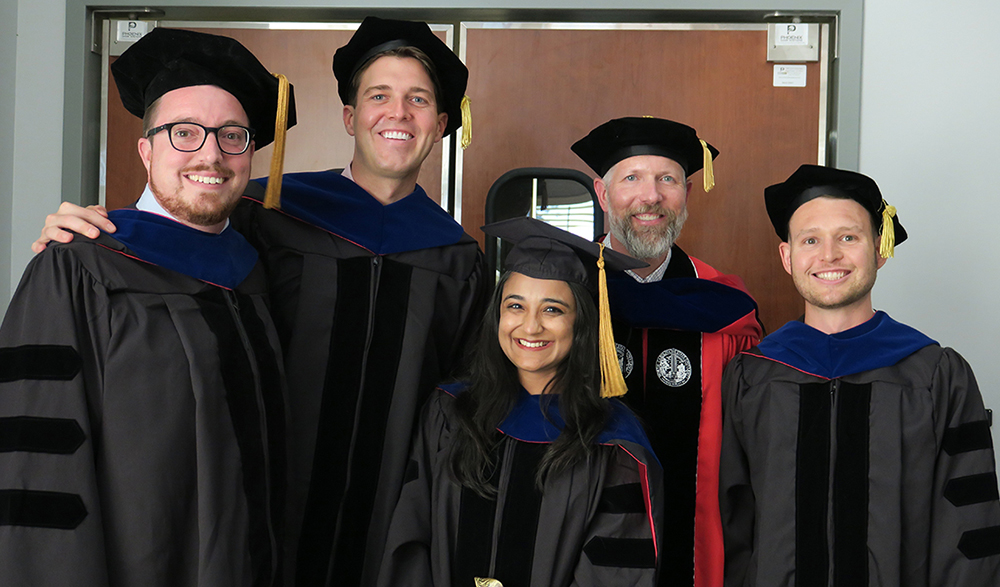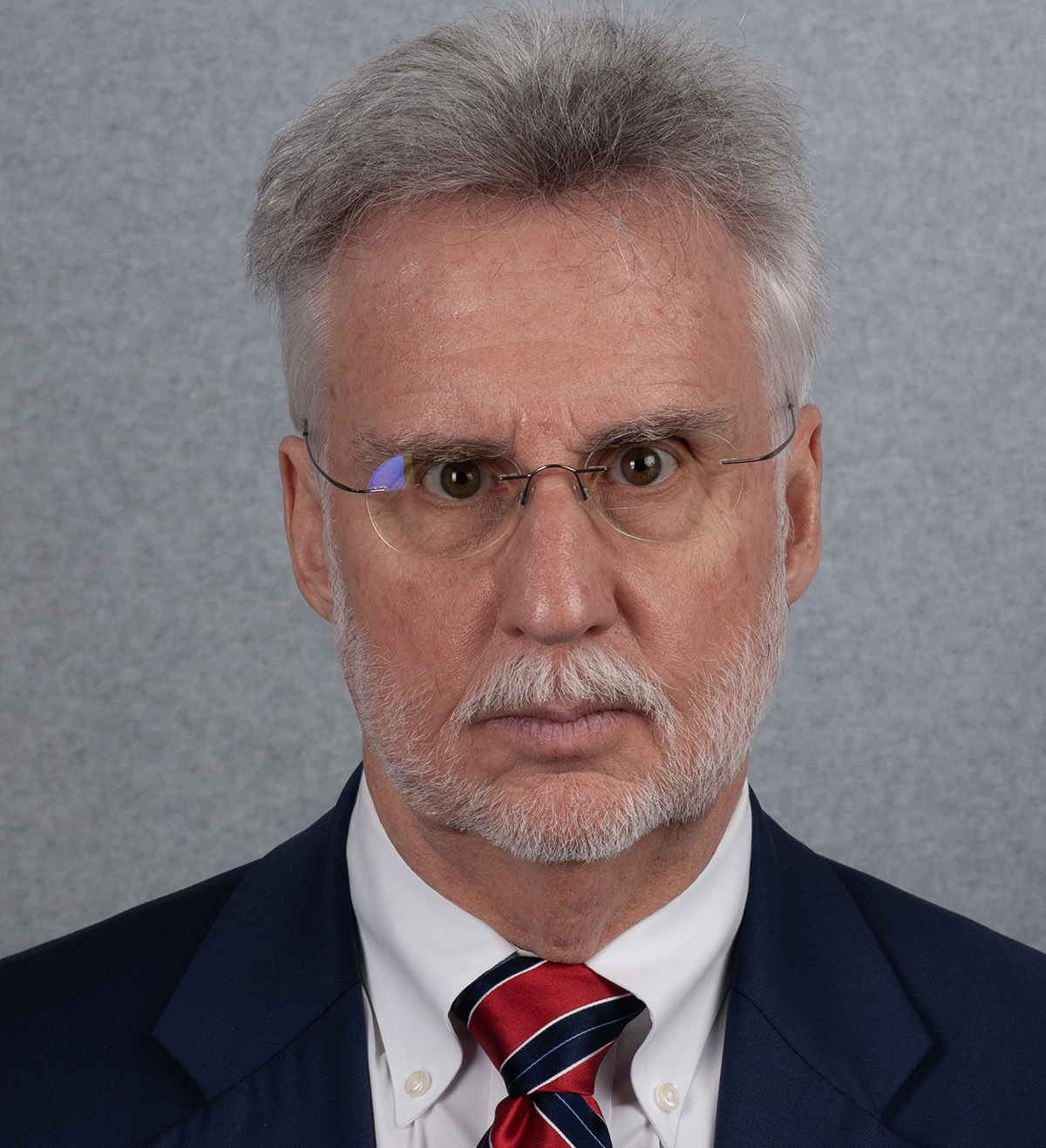What Role Do Governments Play After a Disaster? Will Hurricane Helene Change Anything?

Recovery efforts related to the damage inflicted by Hurricane Helene have raised a host of questions about the role of local, state and federal governments in getting affected communities back on their feet. Who is responsible for doing what? And what lessons might policymakers take from this disaster?
To learn more, we talked with Tom Birkland, a professor of public administration at NC State and expert on politics and policies related to disasters and crises. Birkland has served as the program director for the National Science Foundation’s Infrastructure Management and Hazard Response Program (now known as Humans, Disasters, and the Built Environment) and is the author of Lessons of Disaster: Policy Change after Catastrophic Events.
The Abstract: The extent of the disaster in western North Carolina is difficult to get our heads around. In part, that’s because it’s so extensive – many homes and neighborhoods appear to have been simply washed away. And, in part, it’s because transportation and communications challenges have limited our ability to understand exactly what’s happened in many areas. In other words, I hardly know where to start. What’s a baseline policy issue that people need to understand about disaster response and recovery?
Tom Birkland: It’s important to know that the initial response to a natural disaster is always local. Responsibility for emergency response usually rests with local government – police, fire, EMTs, and so on. These organizations are supported by state and federal assets. And the state will often take charge of important functions when local government is disabled.
In this disaster, like in many disasters, the Federal Emergency Management Agency (FEMA) will come in for some criticism for what is perceived to be a slow response.
However, the “slow response” criticism demonstrates a fundamental misunderstanding of how disaster response and relief works in the United States. In no disaster should a community wait for the cavalry – that is, the federal government – to swoop in and make everything whole. Disaster policy isn’t designed to work that way. The federal government exists to support local efforts. This is in accordance with the constitutional design of our country, which makes public safety a state function. That said, support is coming from the federal government.
President Biden has approved Major Disaster declarations for affected areas in Tennessee, Georgia, Florida, South Carolina, and Virginia, as well as North Carolina. The agency has deployed 5,000 people from across the federal workforce, and has distributed food, water, generators, and other supplies.
The bulk of the actual response efforts will be undertaken by state and local governments and other organizations such as electric utilities – with some federal help. For example, electric linemen from across the eastern United States and Canada have converged on the area to help restore power. Thirty-eight state and federal search and rescue teams are in the state, and over 500 FEMA staff are in North Carolina. In short, the system is working the way it is designed to work.
Of course, this is little comfort to survivors of the disaster who have lost their homes and businesses, so we need to continue to monitor the response from all organizations – federal, state, local, and private sector and charities – with response and relief responsibilities. And, in the end, the federal government will absorb a great deal of the financial costs of this disaster. And considerable attention must be paid to long-term recovery, which will involve all levels of government and non-government organizations. This is unlikely to receive sustained news media attention, but recovery is very important for the people of the region.
Because many federal government efforts are taking place behind the scenes, involving arranging relief funding and setting up application processes for relief, some people think that the federal government has been inactive. There is wild misinformation circulating, saying that individuals will only be allowed to get $750 for their losses, or that money was diverted from FEMA to things like accommodating undocumented immigrants. This is not true, and the governors of the affected states have been generally positive about federal relief efforts. FEMA addresses these rumors directly on its website.
Bottom line: this is a big, complex disaster. And relief and recovery efforts will take time and shared effort among the federal, state, and local governments, charities, and the private sector.
TA: I know that a lot of people, in North Carolina and beyond, want to do something to help affected communities recover. What can, or should, people do to make a difference? Is there anything they should avoid?
Birkland: There has been a huge outpouring of concern for western North Carolina. There have also been a lot of efforts to gather up clothes, water, diapers, etc., and send those goods to the affected areas in trucks. This may not be helpful, and may actually divert resources away from where things are needed most.
The management of goods like water and diapers takes time away from surveying and responding to immediate needs. And the freelance efforts to load up a truck and drive west are sometimes undertaken with little coordination in the areas for which the goods are intended. Given the condition of roads in the affected areas, I wonder how many of these trucks are even getting to where the needs are greatest. It is far better for people to give money to reputable relief organizations, which can then direct resources to where they are most needed.
TA: Broadly speaking, what should politicians be doing in the wake of a disaster? And how does that compare to what politicians are doing in the wake of this disaster?
Birkland: In the response and recovery phase of a disaster, elected officials like to be seen as being helpful and involved. They will often appear on the news wearing “disaster casual” – zip-ups, windbreakers – and will appear to have some sort of managerial or operational role in the response to the disaster. This may have some value in focusing attention on the disaster and the needs of the people in the area. This is what is happening now.
But for the most part, politicians going to the scene of a disaster are likely to be disruptive, not helpful. I think most politicians know this – for example, President Biden flew over the damaged areas of western North Carolina, but did not land in the area. This is prudent, because a high-profile president or presidential candidate requires a great deal of transportation and security resources that would greatly disrupt the response to the disaster.
The real work that elected officials should do after a disaster is far less visible but is more enduring. Ideally, elected officials will learn from the current disaster and will create policy that will reduce risks from future disasters.
For example, North Carolina’s state legislature could change its course and adopt better building codes that discourage building houses on steep slopes, adopt minimum elevation standards for buildings, protect wetlands that absorb flood waters, and allow for the adoption of current, modern building codes. Legislators could adopt legislation that would make the state more readily qualify for disaster and climate resilience grants. This is not glamorous, high-profile work. But if politicians wish to prevent another event such as the one western North Carolina just experienced, this is the work they should tackle.
Of course, this storm was particularly large and damaging, and it may be a while before something of this magnitude happens again. But politicians need to understand that climate change has made weather extremes more likely, and the policy needs to take this into account.
Politicians, particularly at the federal level, will also enact legislation to provide disaster relief to the affected areas. This is normal and is to be expected, although in some past disasters some national elected officials have hesitated to support disaster relief in the guise of fiscal conservatism. But this tends not to be persistent, because legislators know that, while they may not need disaster relief in the moment, they may need it for their constituents in future events.
TA: Do you think that the disaster we’ve seen in the wake of Helene will lead to any meaningful policy changes at the state, local or federal level?
Birkland: Changes are possible but are not automatic. As citizens we might expect that elected officials will learn from disasters and will enact policies to reduce risks in the future. But there are a lot of things working against change. Once the acute response phase ends, and communities begin to recover from a disaster – which can be a very slow process – attention to the disaster tends to fade among the broader public. And there is a powerful urge in the communities struck by disasters to “build back” to what the community looked like before.
But in building back this way, communities can recreate the vulnerability that exacerbated the disaster in the first place. So we talk now about “building back better,” which entails rebuilding communities in a way that reduces the risk of future disasters. Building back better should entail things like land-use regulation and building-code changes that make the built environment less vulnerable to disasters. These would include things like elevating buildings, avoiding building in or near floodplains, changing building codes to make buildings perform better in disasters, and the like. But there are powerful interests that oppose these changes, which makes comprehensive policy change unlikely.
Another factor that makes major policy change unlikely after Hurricane Helene is the idea that this is a once-in-a-lifetime event, and that changes aren’t necessary because such an event is unlikely to happen again. But as we have learned in the last several decades, climate change is changing the frequency and severity of major storms, including the volume of rainfall. Helene is a wake-up call and an opportunity to learn from experience, but we know that sometimes communities need repeated disaster experience before they start to take action. So this particular storm may not yield major policy change, but it will contribute to an ongoing discussion of what policy changes might be needed.
TA: Have previous disasters led to big policy changes?
Birkland: Yes. California contains a number of examples of major earthquakes that led to learning about the hazard and making policy changes. California earthquakes have led to changes to building codes to ensure that schools and hospitals are not catastrophically damaged, and engineering standards for freeways changed after major earthquakes to prevent bridges and overpasses from collapsing.
Perhaps the most significant driver of policy change was Hurricane Katrina in 2005. This was the first major disaster after FEMA was moved under the Department of Homeland Security. Disaster professionals warned that doing so was not solving any known problem and would likely harm FEMA’s performance. Furthermore, the administration did not appoint experienced senior managers at FEMA, so its performance was very poor during Katrina. The poor performance led to the passage of legislation that returned greater autonomy to FEMA and required that the FEMA administrator be an experienced emergency manager.
We also learned from Katrina that construction practices for floodwalls and levees were substandard, so major changes were made to the way these facilities – and others like flood gates – were built and managed. But it’s important to note that lessons learned in disasters that happened before Katrina contributed to some successes in that disaster. For example, the evacuation from New Orleans and the Gulf Coast was very successful compared with prior years’ experience. And the search and rescue response from the Coast Guard was exemplary. We are likely to learn from Helene that some things didn’t work well, and need to be corrected, and other things did work well. We should learn from both successes and failures.
TA: How might this disaster affect voting or elections?
Birkland: I don’t think the aftermath of Helene will affect the substance of whatever policy debates are being engaged in during the election cycle. I don’t think, for example, this is going to change many minds about the nature and effects of climate change. And the political science literature on the electoral effects of natural disasters is very mixed, at best.
But administering the election is likely to be very challenging. Many early voting locations are not going to be available. And according to ABC news, Buncombe County election officials haven’t been able to assess the condition of the 80 polling stations expected to be used on election day. People who have requested mail-in ballots may not receive them if mail is delayed, or may not be able to cast those ballots if they were lost in a damaged or destroyed house.
Election officials do have some contingency plans for events that could disrupt elections, but these may not account for a disaster of this magnitude. The post office in Buncombe County is still operating, which will help support mail-in voters. But for the elections to be effectively conducted, power, telecommunications, roads, and other infrastructure will need to be repaired to a level that would give people the opportunity and the confidence to participate in the election.
This question is important because the presidential election looks to be very close, and this disaster could influence who wins our state’s electoral votes. Election officials are working hard to ensure that everyone who wants to vote can do so, but this will be very challenging.
This post was originally published in NC State News.


